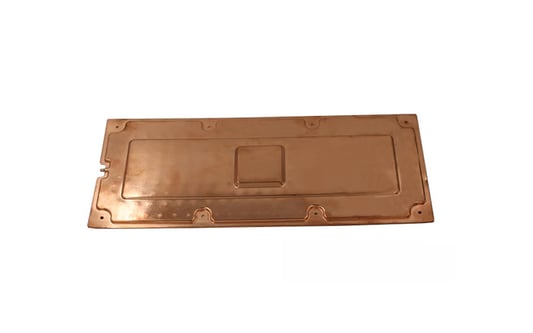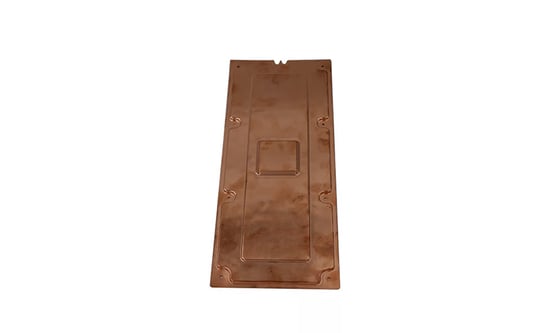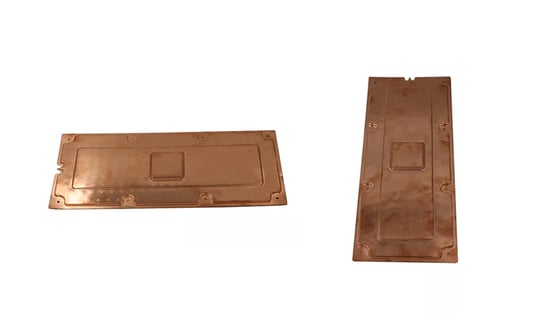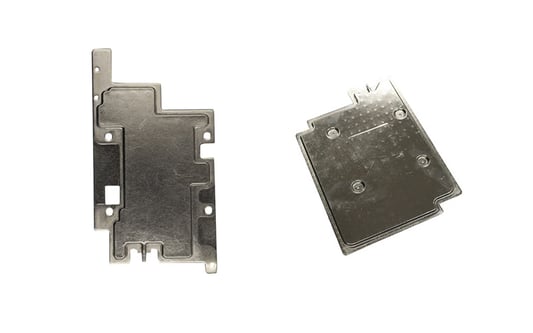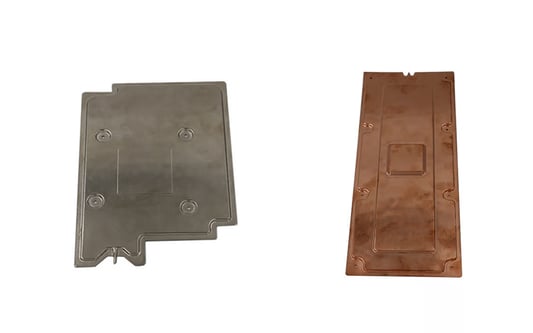Introduction to heat sink fin structure optimizationHeat sink fin structure optimization is a critical process in the design of electronic devices. By enhancing the efficiency of heat dissipation, this optimization technique can significantly improve the performance and reliability of electronic components.The Importance of Thermal ManagementEffective thermal management is essential for preventing overheating and prolonging the lifespan of electronic devices. Heat sink fin structure optimization plays a key role in ensuring that heat is effectively dissipated away from critical components.Factors Influencing Heat Sink PerformanceSeveral factors influence the performance of a heat sink, including the material used, the size of the fins, and the overall design of the heat sink. By optimizing the fin structure, engineers can maximize the heat dissipation capacity of the heat sink.Optimizing Heat Sink Fin DesignWhen optimizing the fin structure of a heat sink, engineers must consider factors such as fin thickness, spacing between fins, and the shape of the fins. By tweaking these parameters, it is possible to achieve optimal heat dissipation performance.Simulation and Modeling TechniquesSimulation and modeling techniques are commonly used to analyze and optimize heat sink fin structures. These tools allow engineers to evaluate different design configurations and choose the most effective one for a specific application.Material Selection for Heat Sink FinsThe material used for heat sink fins can have a significant impact on their thermal performance. Materials with high thermal conductivity, such as copper or aluminum, are commonly used for heat sink construction to maximize heat dissipation efficiency.Thermal Interface MaterialsIn addition to optimizing the fin structure of a heat sink, the use of high-quality thermal interface materials is crucial for ensuring efficient heat transfer between the heat sink and the electronic component. Proper selection of these materials can further enhance thermal performance.Advanced Cooling TechnologiesInnovative cooling technologies, such as liquid cooling systems or phase change materials, can be integrated with heat sink fin structures to further improve thermal management. These technologies offer enhanced cooling capabilities for high-performance electronic devices.Real-World ApplicationsHeat sink fin structure optimization is widely utilized in various industries, including automotive, aerospace, and electronics. By implementing optimized heat sink designs, manufacturers can improve the reliability and efficiency of their products.ConclusionIn conclusion, heat sink fin structure optimization is a vital aspect of thermal management in electronic devices. By leveraging advanced design techniques, simulation tools, and cooling technologies, engineers can enhance heat dissipation performance and maximize the reliability of electronic components.Quote Inquirycontact us



